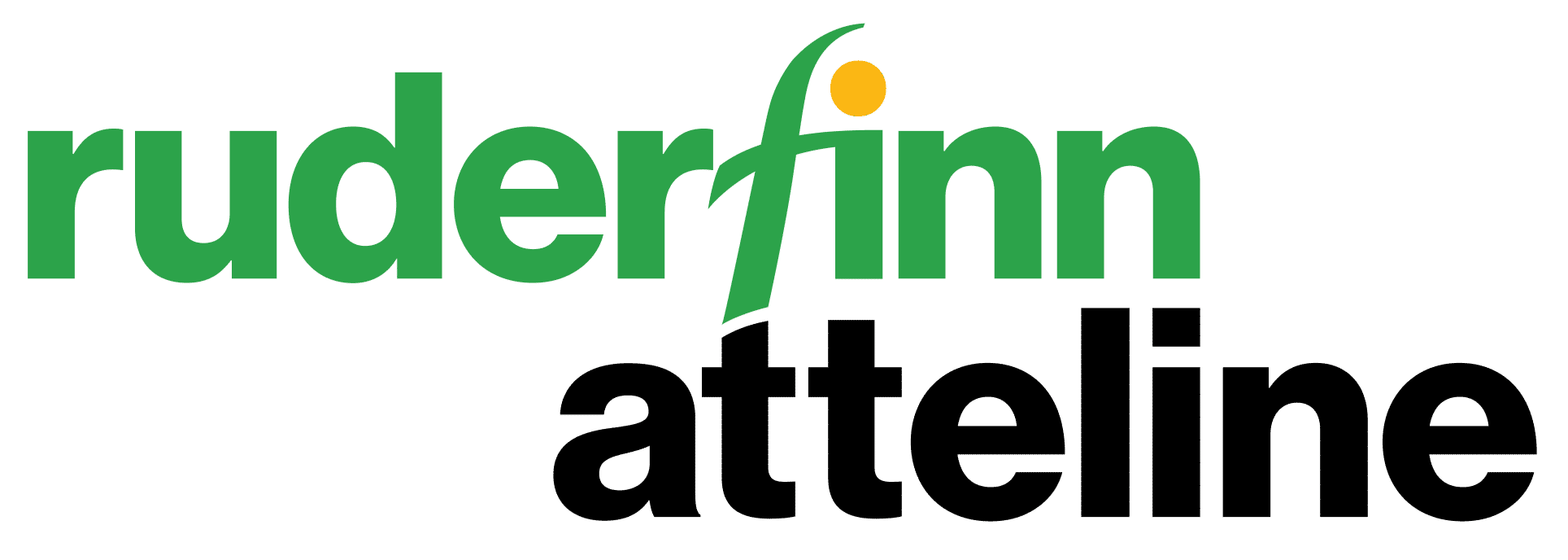From Spin to Substance: How Authenticity is the New Currency in PR
In the ever-evolving landscape of public relations, one thing that remains a constant is authenticity. Authenticity is not just a buzzword; it’s the foundation of successful communication for brands.
In an age where information flows freely and scrutiny is relentless, the traditional PR practice of “spin” — crafting messages to manipulate perception without regard to substance — is no longer effective. Audiences today demand transparency, honesty, and real value from the brands and leaders they engage with. For businesses, this shift is not just a challenge but an opportunity to redefine how they build trust.
Historically, PR professionals often focused on controlling narratives, emphasizing positive stories while downplaying negatives. While these tactics might have worked in a pre-digital era, the rise of social media, citizen journalism, and real-time news cycles has fundamentally altered the dynamics.
Audiences are now digitally savy and often ready with tools to fact-check brand claims, share personal experiences, and call out inconsistencies. With multiple platforms that serve as a space for consumers to express their thoughts with ease, a single misstep can go viral, leading to widespread backlash and lasting reputational damage. This has led us back to the path of embracing authenticity which is the new currency of trust.
Why Authenticity Matters:
- Trust Is Fragile: According to the Edelman Trust Barometer, trust in institutions and corporations is at an all-time low. Audiences are more likely to support brands that align with their values and demonstrate integrity.
- Savvy Consumers: Modern consumers, especially Millennials and Gen Z, can quickly detect inauthenticity. They value brands that “keep it real” and are willing to hold companies accountable.
- Sustainability and Social Impact: With growing awareness of global challenges like climate change and social inequality, audiences expect brands to take meaningful action. Authenticity in these efforts is critical to avoid accusations of “greenwashing” or “virtue signaling.”
Pillars of Authentic PR
To succeed in today’s authenticity-driven landscape, brands must embrace these key principles:
- Transparency
Being open about challenges, setbacks, and limitations humanizes a brand. For instance, admitting to a mistake and outlining steps to address it can build more goodwill than deflecting blame.
- Consistency
To remain relevant, brands must ensure alignment between what they say and do. A company that promotes diversity but lacks representation in leadership will inevitably face criticism. Consistency across messaging, actions, and values is non-negotiable.
- Storytelling
Authenticity thrives on genuine stories that resonate emotionally. Highlighting real customer experiences, employee journeys, or community impact creates deeper connections than polished corporate speak.
- Engagement
Listening to and engaging with audiences fosters trust. PR campaigns should prioritize two-way communication, using feedback to shape future initiatives and demonstrate responsiveness.
Examples of Authenticity in Action
- Patagonia: The outdoor apparel brand’s commitment to sustainability is not just marketing; it’s embedded in its business model. By encouraging customers to repair rather than replace gear and donating profits to environmental causes, Patagonia walks the talk.
- Nike’s Colin Kaepernick Campaign: While polarizing, Nike’s decision to spotlight the controversial athlete’s activism was a bold statement of alignment with their values. The campaign resonated with their core audience, even amid backlash.
- Unilever’s Sustainable Living Plan: Unilever has consistently communicated its progress toward ambitious sustainability goals, even sharing where they’ve fallen short. This transparency reinforces their authenticity.
- The Risks of Faking Authenticity
Inauthenticity is easier to spot than ever, and the consequences can be severe. When brands are caught exaggerating or fabricating claims, the fallout can include damaged reputations, loss of consumer trust, and financial consequences. For example:
- Volkswagen’s Emissions Scandal: The automaker’s claims of producing environmentally friendly cars were debunked when it was revealed they had manipulated emissions tests. The scandal caused a massive loss of trust and billions in penalties.
- Pepsi’s Protest Ad: The infamous ad featuring Kendall Jenner was criticized for trivializing social justice movements. It highlighted the dangers of attempting to align with values without genuine understanding or involvement.
Moving Forward: Authenticity as a Competitive Advantage
As the PR industry evolves, authenticity has become more than a moral imperative; it is a competitive differentiator. Brands that prioritize transparency, align with their values, and engage meaningfully with audiences position themselves for sustained success in a trust-centric world.
For PR professionals, the call to action is clear: embrace substance over spin. Authenticity isn’t just the right thing to do—it’s the smart thing to do in an era where trust drives loyalty, and loyalty drives growth.
Words By: Lavina Narwani, Associate Account Manager at Ruder Finn Atteline
About Ruder Finn Atteline



